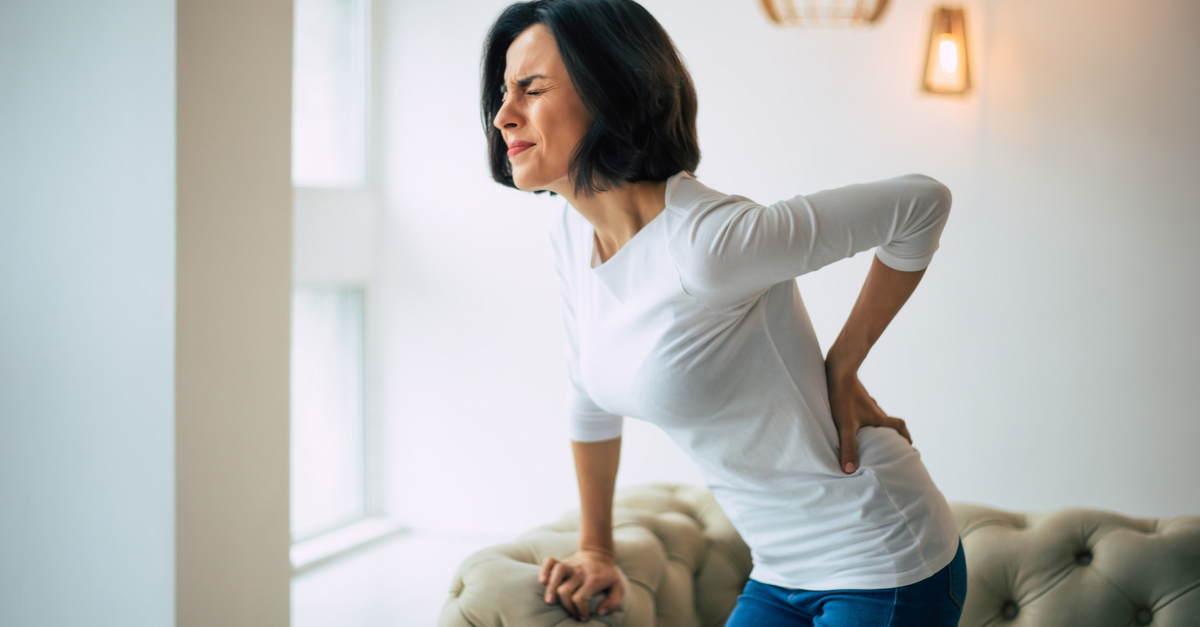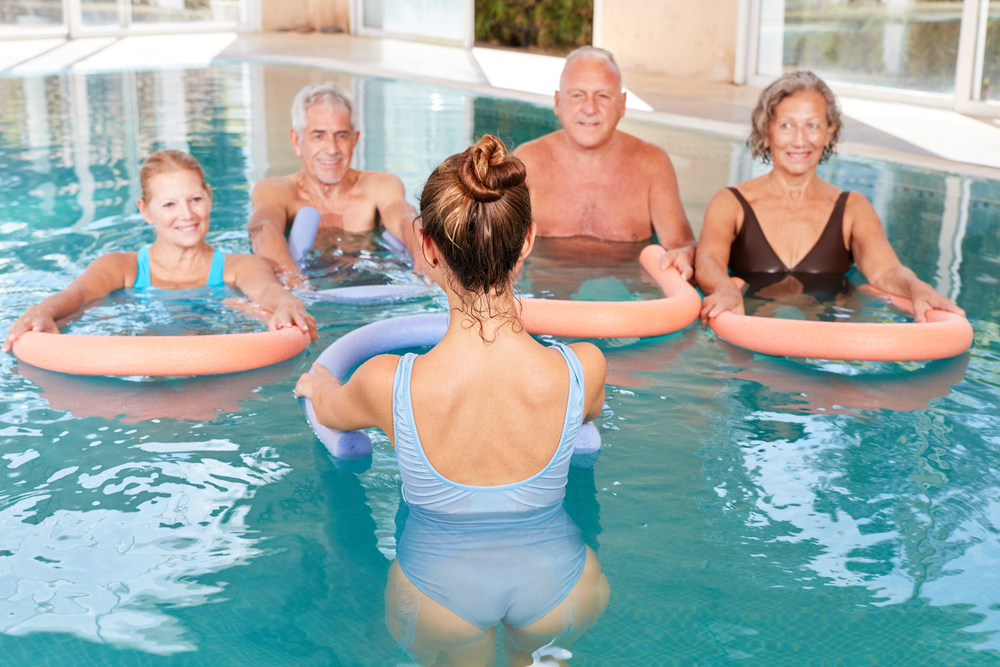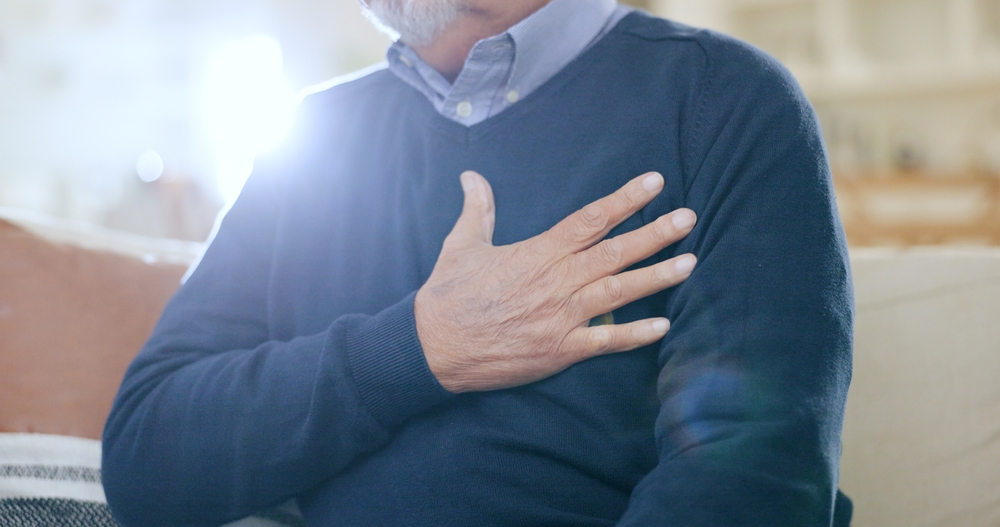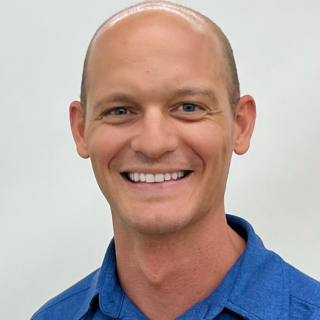Make an Appointment
Bike seat height is important to get right for comfort, for cycling efficiency and performance, and to avoid injuries. It can take a little time, but you can do it at home as you don’t need much equipment or experience to make a seat post adjustment. Don’t forget that factors like saddle setback, cleat position, crank length and even padding, can affect the optimal cycling seat height.
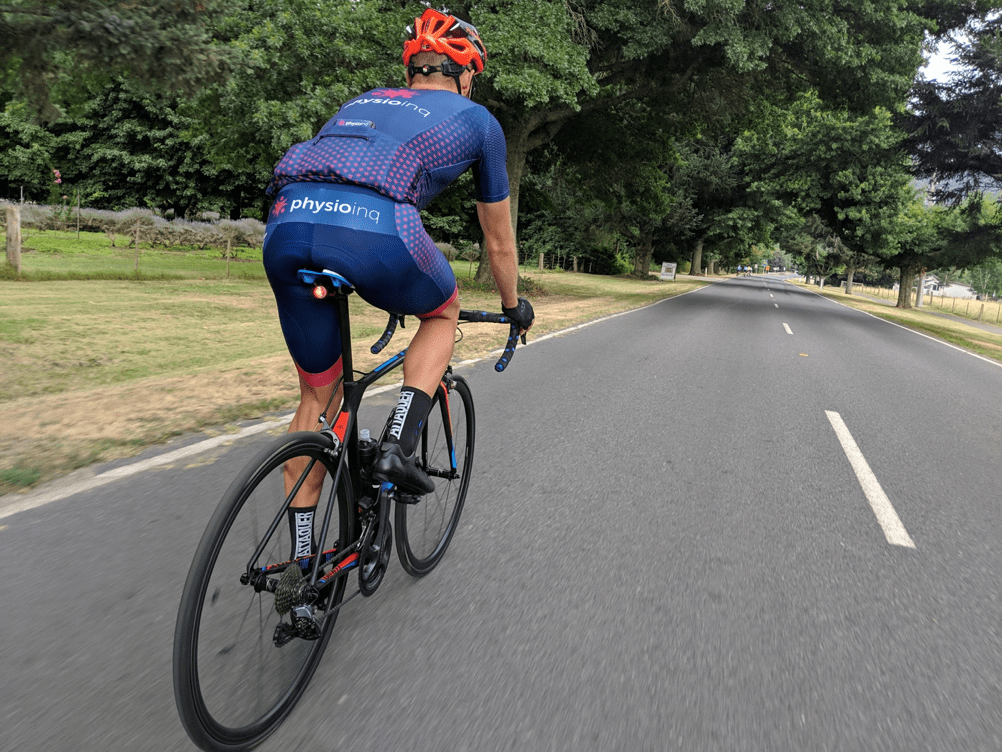
How do I know if my saddle height is wrong?
- Pain at the front of the knee: a saddle that is too low
- Pain behind the knee: a saddle that is too high
- Hamstring pain: overextension because of a saddle that is too high
- Hip pain: rocking as you pedal because of a saddle that is too high
- General discomfort while riding
How do I know if my saddle height is right?
- You maintain stable, horizontal hips through the stroke cycle
- You maintain approximately 90 degree angle feet to shin through the stroke cycle
- When your foot is on the pedal and the crank arm is in the six o’clock position the leg should hang straight (but not locked)
How do I set the saddle height measurement?
There are several ways to do this:
- By feel: read above for how you know when your bike seat is right.
- The heel-to-pedal method: your leg should be completely straight in this position.
- The classic 109% measurement: have a friend measure from your crotch to the bottom of your bare foot then multiply it by 1.09; use that figure to set from the top of the saddle to the pedal spindle when the crank arm is in the six o’clock position.
- The LeMond 88.3% measurement: have a friend measure from your crotch to the bottom of your bare foot then multiply it by 0.883; use that figure to set from top of the saddle to middle of the bottom bracket.
- Go to a professional bike fitter who will look at the whole host of factors including your individual nuances like longer legs than torsos, or poor flexibility.
In any case, seat post adjustments, either up or down, should be made one at a time and in single millimetres. Ride the bike between each adjustment, noting the differences in power output and comfort. Don't stop tweaking the measurement if the result doesn't feel optimal when you're riding.
And don’t forget that we are here to help! At Sutherland Physio we can do a bike fit with you, to make sure you’re at optimal positioning for riding comfort, power and minimising risk of pain and injury. Contact us to move better.
Date Published: Thursday, November 28, 2019
Locate a Mobile Physiotherapy
Service Near me
Get the experience & convinence you deserve to support your or a loved one's allied health needs.
Our Mobile Physiotherapy team are currently serving & taking appointments in the following states and regions in Australia:
Need to get into direct contact with ur Client Services team? We're all ears. Call our team directly on 1300 731 733


